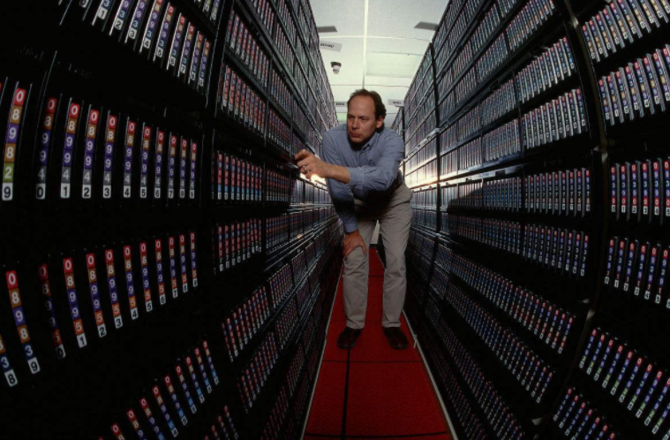Why can SSD storage manufacturers emerge in enterprise storage?
Solid-state hard drives (SSD) have occupied the leading position of server mechanical hard drives (HDD) in the industry, and storage manufacturers have surpassed the latter’s sales in the enterprise market. At present, SSDs are everywhere from laptops to enterprise storage arrays. Although they are mainly used to support high-end applications and the amount of stored data is relatively small, the proportion of SSDs in the new products of major server storage vendors has increased.
The rise of SSD
Why can enterprise SSDs capture so much market share from HDDs in such a short period of time? To find the cause of this problem, the most effective and obvious result is to combine SSDs and HDDs in basic design, performance, and performance. Compare factors such as capacity and cost.
Let's start with the design. The rotating speed of the server HDD is mainly divided into 7200 rpm, 10000rpm and 15000 rpm. Their moving parts often wear out and fail. HDD manufacturers generally provide a mean time between failures (MTBF) for their products, which makes these HDDs look like they can last for decades. But the actual situation is that some HDDs will fail unpredictably due to certain uncertain factors (vibration, voltage, temperature) during their service life. Enterprise SSDs do not have moving mechanical parts. Although they have a limited lifespan, they usually do not suffer from mechanical failures, and their lifespan is more predictable.

In addition, SSD has many advantages over HDD:
·No need for fan to dissipate heat.
·The enterprise SSD runs silently.
· The access speed of the application is much faster.
But SSDs also have some disadvantages. Enterprise SSDs are not the best choice for data storage. Its capacity is not cost-effective, and if there is no power for a long time, it will cause data leakage. Some types of flash memory also cannot handle data that is repeatedly accessed. After being visited thousands of times, they wear out. However, the industry has developed many different types of enterprise SSDs to alleviate this problem.
SSD form factor
Some vendors advocate using SSDs anywhere in the corporate IT environment. After all, this technology has become the mainstream, its performance advantages are also very obvious, and the cost issue will largely become a thing of the past. Therefore, mainstream storage vendors have taken enterprise SSDs as an indispensable part of their storage platform business. It is no longer only applied to VDI or high-performance demanding applications, but is widely deployed in small, medium and large data centers, and is used for each class of block, file and object data and workloads.
·Multiple types. With the expansion of roles, there are many different types of flash and various forms of factors. Some vendors only support specific SSD form factors and interfaces, and say it is most suitable for enterprises. However, companies often have different actual needs, and they should have different choices.
· SATA and SAS. SATA SSDs are slower and are usually used for the highest capacity SSDs. In contrast, SAS SSD uses SCSI interface, which is faster than SATA SSD. SATA drives are usually designed for server-side deployment. The performance of SAS SSD is better than that of SATA SSD. SAS SSDs usually have dual ports, which means that each drive can be mapped to two independent controllers for failover and multipath IO that are often required in enterprise storage.